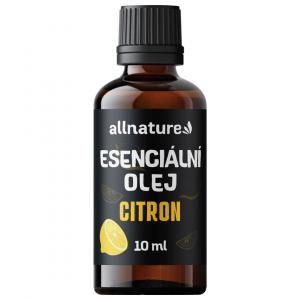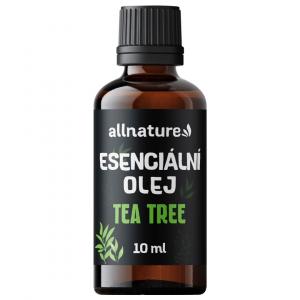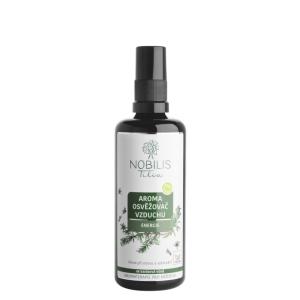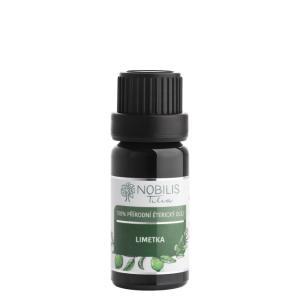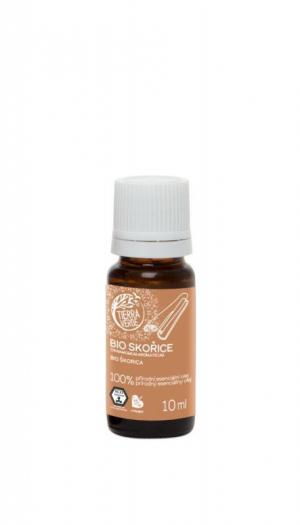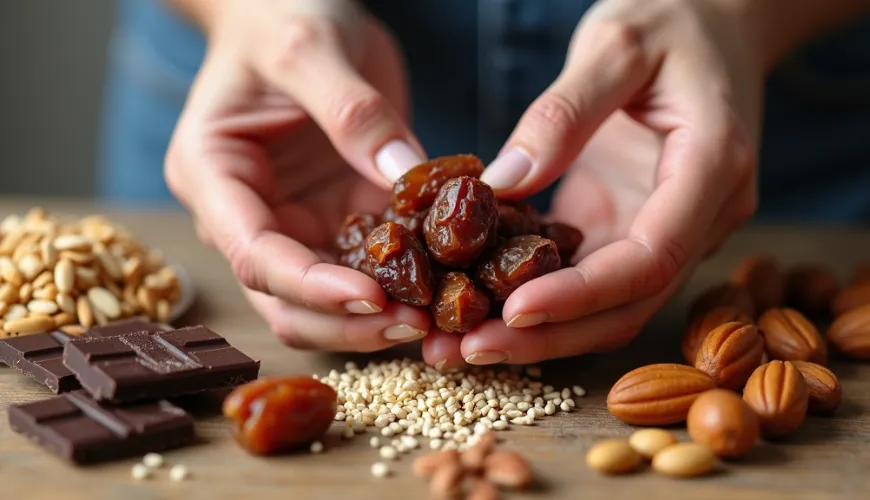
Discover the Magic of Elderberry Juice and Its Health Benefits
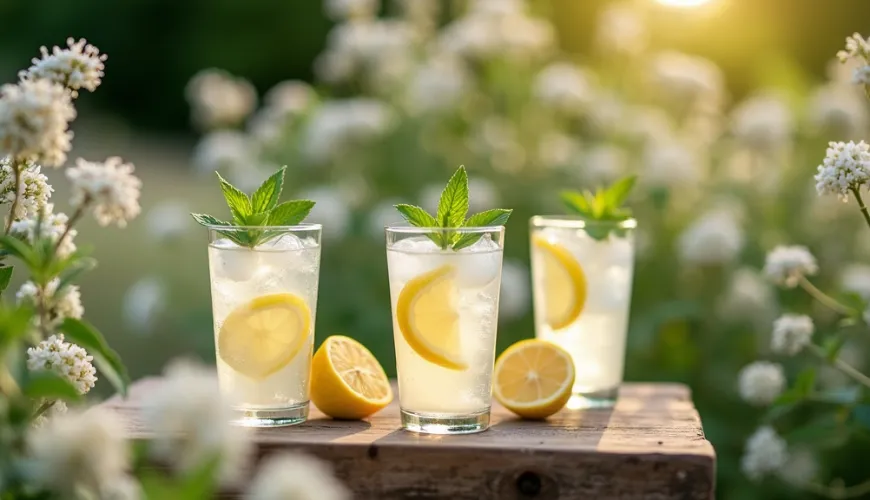
Elderflower Juice – A Timeless Treasure from Nature That Tastes and Heals
As spring slowly transitions into summer, the landscape transforms into a fragrant gallery of flowers. One of the most prominent and beloved is the elderberry – a shrub that has become so ingrained in the Czech countryside that we often pass by it without notice. However, its creamy white flowers are not only a feast for the eyes and bees – they also offer exceptional possibilities for homemade production of healing and tasty elderflower juice. In these times, when more people are turning to nature and seeking healthier alternatives to common beverages, elderflower juice is experiencing a well-deserved return to the spotlight.
Its production is surprisingly simple, whether you opt for cold or hot elderflower juice. Each method has its benefits and specifics – and also its advocates who wouldn't trade their choice for anything. Whether you're looking for a refreshing lemonade, a homemade syrup for tea, or a natural remedy for boosting immunity, elderflowers definitely have something to offer.
Why Elderflower Juice Shouldn't Be Missing from Your Home
In folk medicine, elderberry has been known as a panacea for centuries. Its flowers are packed with flavonoids, essential oils, and vitamin C, making it a powerful ally in the fight against colds, inflammations, and spring fatigue. In the form of juice, its effects are best concentrated and can be easily preserved for months ahead.
Try our natural products
Not only does elderflower juice support immunity, but it also has mild diuretic effects, helps with fever, and refreshes wonderfully in the hot summer. Those who pride themselves on a healthy lifestyle will appreciate it as a natural replacement for sweetened lemonades and syrups full of artificial flavorings.
Moreover – when was the last time you made something at home that was so simple and yet so beautifully fragrant that it scented your entire kitchen and reminded you of childhood at grandma's?
Recipes Anyone Can Master
There's no need to be an experienced herbalist or cook to prepare your own elderflower juice at home. The basic recipes differ mainly in whether the flowers are macerated cold or boiled. Each method has its charm – and a different result.
Cold Elderflower Juice
Cold production is gentler and preserves more active substances and delicate floral flavor. The procedure is simple:
- Collect about 30 elderberry flowers, ideally in the morning hours and in dry weather. Avoid flowers near roads or in dusty areas.
- Lightly clean the flowers (do not rinse with water to avoid washing away the pollen) and place them in a large pot.
- Add the juice of 3 lemons and 2 liters of boiled but cooled water.
- Let it macerate for 24–48 hours in a cooler room or refrigerator, stirring occasionally.
- Strain through a clean cloth or fine sieve.
- Add sugar (about 1.5–2 kg per 2 liters of liquid), mix well, and pour into bottles.
The result is a light, slightly cloudy syrup with a delicate taste and fresh aroma. It is best stored in the refrigerator and should be consumed within 2–3 months, or frozen in smaller portions.
Boiled Elderflower Juice
If you want your elderflower juice to last longer and have an even fuller flavor, you can choose the boiled variant, which is not only tried-and-tested but also quite simple. It starts the same as the cold version – you pick fresh elderflowers, slice a few lemons, and soak everything in water. You then let this mixture steep overnight or even longer, around 12 to 24 hours, so the flowers release all they can. Then comes the straining, as the flowers and lemon have fulfilled their purpose.
Transfer the obtained liquid to a pot and bring it to a boil – this boiling moment is key for longer preservation. Add sugar to the heated juice – the amount ranges from 1.5 to 2 kilograms per 2 liters, so expect it won't be a light lemonade. If you want to preserve the juice further and enhance its flavor, you can add a bit of citric acid, about 20 grams. Let the whole thing boil for about five minutes, then remove from the heat and immediately pour, while still hot, into pre-boiled or sterilized bottles.
Finally, it's important to seal them tightly and turn them upside down – not only does this create a greater vacuum, but it also helps kill any remaining bacteria in the neck of the bottle. Then just let them cool, and you can look forward to a homemade syrup that will last you for months.
This hot elderflower juice will last through the entire winter if stored properly in a cool, dark place. It has a more intense, caramel-like flavor and is ideal as a base for hot drinks in the cold months.
When and How to Collect Elderflowers
Proper timing of the harvest is crucial. The flower should be fully developed but not yet withered. The best time is late May to June – depending on the weather and altitude.
Collect the flowers in a basket, not in plastic bags, and process them as soon as possible. If you can't make the juice immediately, you can gently dry them and use them later for tea or tincture.
And why not rinse the flowers? It's the pollen that holds most of the delicious flavor and active substances. If they are clean and from a verified environment, just shake them gently.
Elderflower Juice in the Kitchen and Household
The possibilities for using elderflower juice are nearly endless. Most commonly, it is diluted with water as a refreshing drink – whether with bubbles or without. You can add a few mint leaves, lemon slices, or cucumber, and you have a homemade lemonade like from a café.
In winter, the juice serves as a base for a hot drink – just pour hot water over it and add a slice of ginger. You'll also use it in the kitchen – as a sweetener in desserts, yogurts, pancakes, or ice cream. Some creative chefs even use it in bread baking or to flavor salad dressings.
And if you have a few bottles left over? You can give them as gifts – homemade elderflower juice is becoming an increasingly popular and welcome gift of love and nature.
A Tradition That Is Returning
In a time when many of us strive to live healthier, more sustainably, and more consciously, the tradition of homemade syrups and herbal drinks is returning to the spotlight. It's not just about health, but about returning to roots, to the stories we tell each other at the stove. Children who pick flowers with their parents today might one day make juice for their own children.
"When old knowledge is brought back to life, it's not a step back but a step in the right direction," says botanist and wild herb book author Anne-Marie Bihler.
In the case of elderberry, this holds doubly true. A seemingly ordinary shrub that grows almost everywhere becomes a symbol of how to draw the best from nature – with respect, simplicity, and joy.
Whether you choose the cold or hot recipe, one thing is certain: homemade elderflower juice is not only a healthier alternative to industrial beverages but also a way to slow down, appreciate seasonality, and rediscover the charm of ordinary things.
